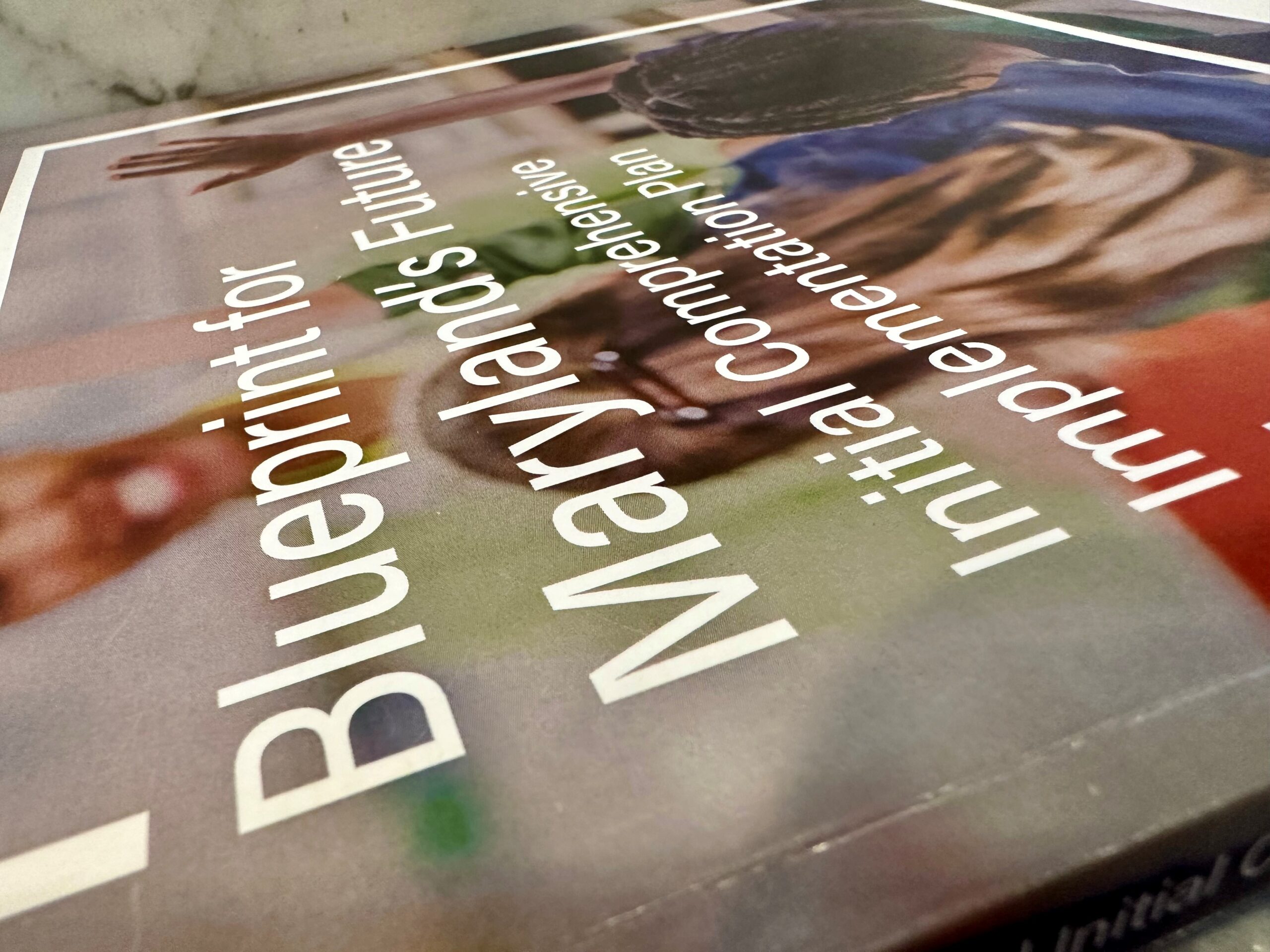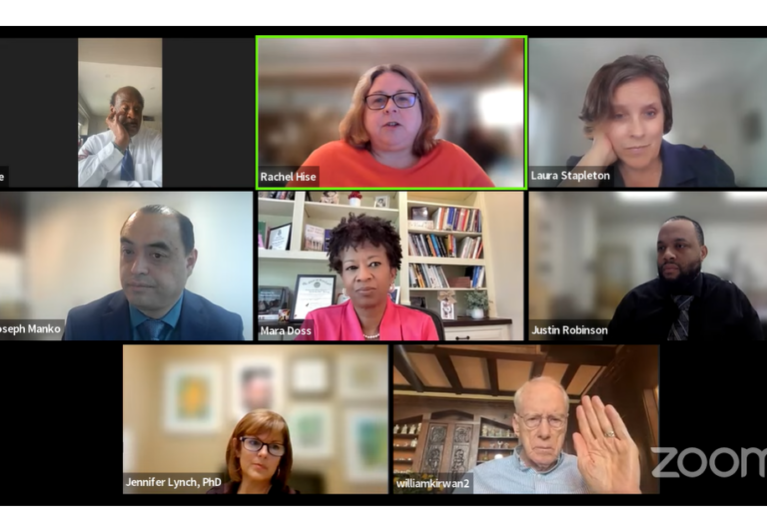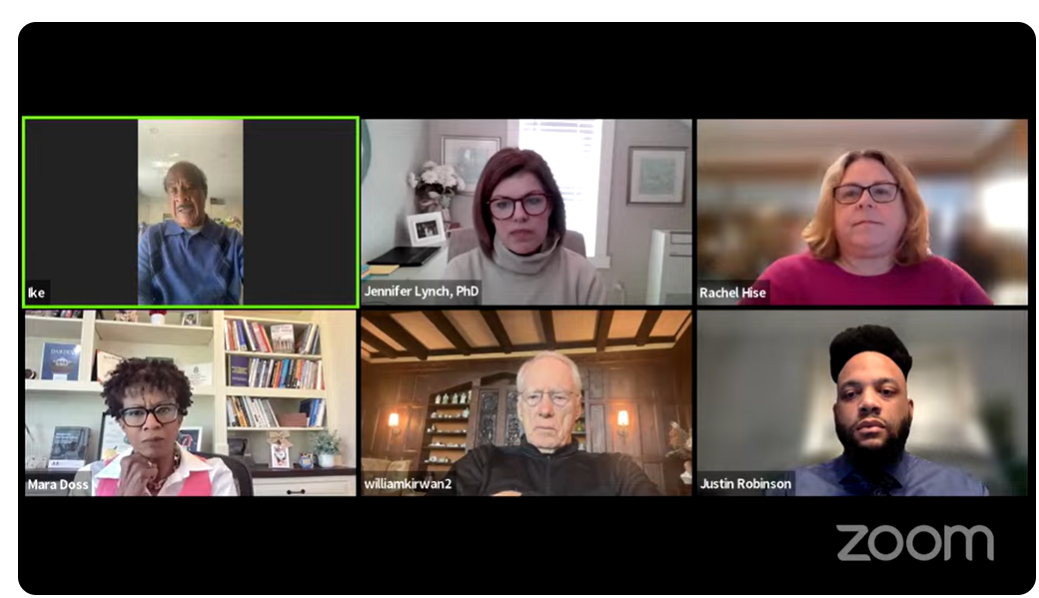School systems to receive more time to develop next Blueprint plan submissions

Maryland public school officials will receive more time to submit a second set of Blueprint for Maryland’s Future education reform documents, and it will be done in two phases.
The original date to submit responses by March 15 remains, but local school officials will only have to answer questions and prompts on one page labeled “Systemwide Blueprint Implementation.”
One of the prompts request school officials to address in their responses: “How your district is communicating its goals and plans with those implementing the Blueprint in the district, including principals and educators; soliciting feedback; and adapting its communication strategies to improve stakeholder understanding of the Blueprint’s purpose.”
Officials in all 24 school systems can turn in the remaining documents by May 1, answering 23 questions and prompts in the Blueprint Implementation Plan Development Guide created by staff with the Maryland State Department of Education and the Blueprint Accountability and Implementation Board (AIB).
In the first Blueprint document submitted earlier this year, school officials were required to answer 164 questions and prompts to summarize any work completed, currently underway, or that will be implemented through the 2023-24 school year.
The second submission “will not utilize a standardized question and answer template” that was slated to detail strategies to accomplish the Blueprint priorities through the 2026-27 school years.
The Blueprint board, which oversees the education reform plan through 2032, unanimously approved the Blueprint guide with new submission dates last week. Before approval was granted, two school superintendents expressed gratitude that the changes were made after state officials simply listened.
“…The fact that we’ve gone from over a hundred questions to under 30. It just speaks to the feedback that we gave,” said Harford County Superintendent Sean Bulson. “I think people last year felt like it was more of an exercise in compliance. It didn’t really leave room for the type of innovation and deep conversations…that we believe is at the core of the Blueprint.”
Although Anne Arundel County Superintendent Mark Bedell wanted additional time to submit Blueprint plans, he said moving the due date from March to May was “more realistic.”
“We’re thankful that the AIB and MSDE heard the voices of the Blueprint coordinators, chief financial officers, and superintendents related to timelines and structures associated with the next phase of Blueprint work,” Bedell said. “I want to remind everybody that this remains a big lift, and we need AIB and MSDE to understand the importance of long-range planning and providing ample time for school districts to do their best thinking and to use Blueprint as a leverage to innovate our schools.”
Each prompt includes a “Criteria of Success” checklist to evaluate responses for each school system plan to receive approval. The previous criteria was in a separate document and presented last year by former State Superintendent Mohammed Choudhury.
The Blueprint guide approved Thursday outlines dates to turn in other documents such as a draft literacy plan for elementary students by Jan. 15. Literacy experts will visit 10% of elementary schools in all 24 school systems starting next month until the end of this current school year.
Rachel Hise, executive director of the AIB, said state statute requires literacy experts to visit 10% of elementary schools in each school system through 2032.
The goal is to ensure third-grade students are reading at a proficient level.
An additional 50 schools will be visited by expert review teams through the department. The teams will provide feedback and recommendations to enhance student success and help improve the Blueprint initiative.
According to a department deployment plan, schools were chosen based on six criteria: lowest performing, lower academic performing, highest performing, learning loss, learning gaps and other (schools selected at random).
Rachel Amstutz, a policy director for the AIB, said expert review teams have visited seven schools in Baltimore, Carroll, Prince George’s and Wicomico counties and the city of Baltimore.



 Creative Commons Attribution
Creative Commons Attribution